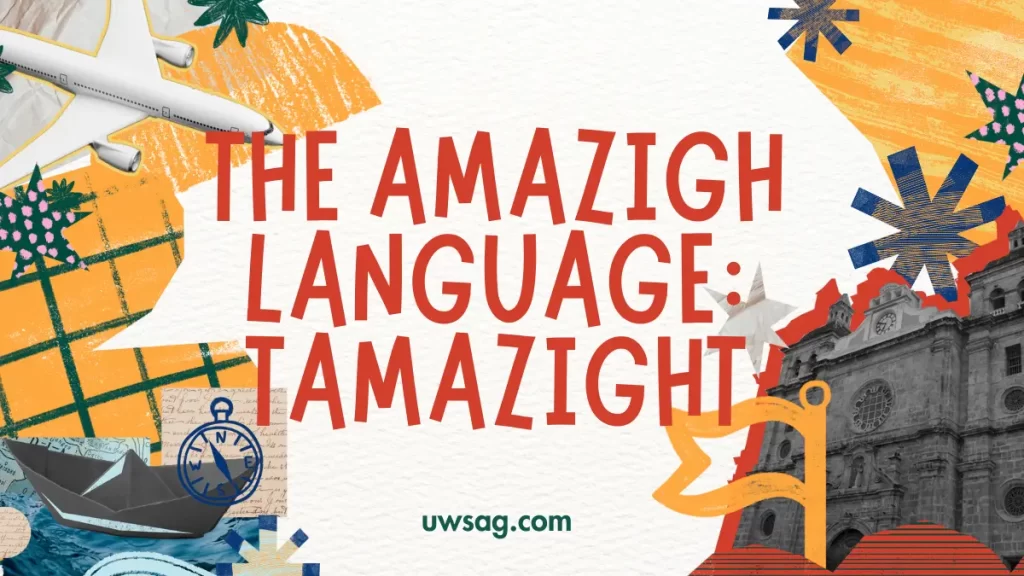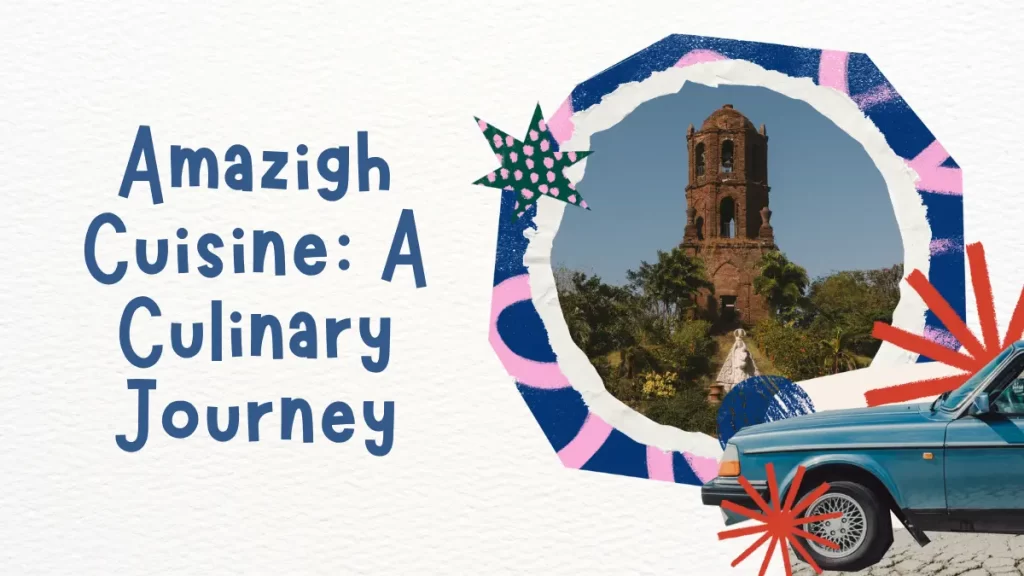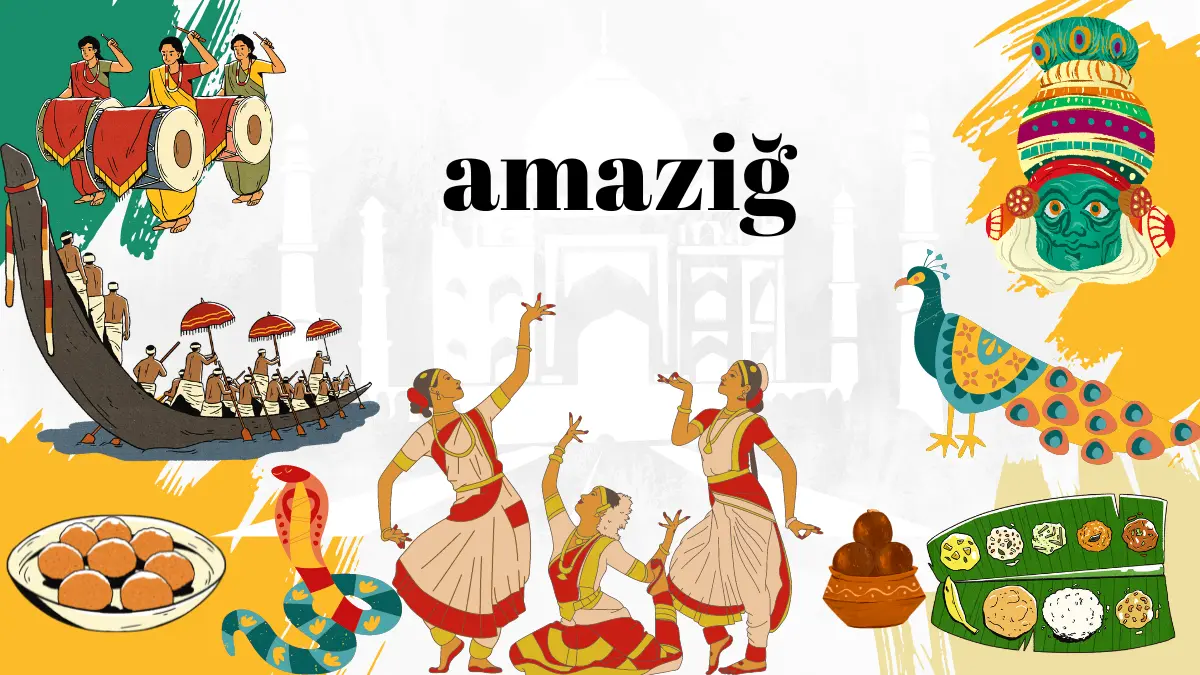Introduction
The people, also known as Berbers, are an indigenous ethnic group native to North Africa. With a history spanning thousands of years, the has maintained a rich cultural heritage that continues to thrive today. This article delves into the fascinating world of exploring their traditions, language, art, and modern-day contributions to global culture.
Who Are the Amazigh?
They often referred to as Berbers, are the indigenous inhabitants of North Africa, particularly in regions such as Morocco, Algeria, Tunisia, Libya, and parts of Mali and Niger. The term “Amazigh” means “free people” or “noble men,” reflecting their enduring spirit and independent nature.
Historical Background of the Amazigh
The history of the dates back to prehistoric times. Archaeological evidence suggests that they have been present in North Africa for over 10,000 years. Throughout history, they have resisted various invasions and influences, including those of the Phoenicians, Romans, Arabs, and French, while maintaining their distinct cultural identity.
The Amazigh Language: Tamazight

One of the most distinctive aspects of culture is their language. It consists of several dialects spoken across different regions. In recent years, efforts have been made to preserve and promote, including its recognition as an official language in Morocco and Algeria.
Traditional Amazigh Music and Dance
Music and dance play a crucial role in culture. Traditional music features unique instruments such as the bendir (a type of drum) and the guembri (a three-stringed lute). Dance is often accompanied by rhythmic chanting and is an integral part of celebrations and ceremonies.
Amazigh Art and Craftsmanship
They are renowned for their exquisite craftsmanship. Their art is visible in various forms, including pottery, weaving, and jewellery. Traditional designs often feature geometric patterns and symbols that carry significant cultural meanings passed down through generations.
Amazigh Festivals and Celebrations
Festivals are a vibrant part of culture. One of the most prominent is Yennayer, the New Year, celebrated on January 12th. This festival includes feasting, music, dance, and various cultural activities that showcase the richness of traditions.
The Role of Women in Amazigh Society
Women play a vital role in their communities. They are often the keepers of cultural traditions, particularly in weaving, cooking, and oral storytelling. Their role has evolved, with many now participating actively in education and professional fields.
Amazigh Cuisine: A Culinary Journey

The cuisine reflects the agricultural and pastoral lifestyle of the people. Traditional dishes include couscous, tagine, and various types of bread such as tafarnout. The use of aromatic spices and fresh ingredients is a hallmark of cooking, offering a delightful culinary experience.
Amazigh Architecture: Traditional and Modern
The architecture is characterized by the use of local materials and traditional construction techniques. In Rural areas, homes are often built from adobe and stone, featuring intricate decorative elements. Modern Architecture blends these traditional elements with contemporary design.
The Symbolism in Amazigh Tattoos and Symbols
Tattoos have been a significant part of the culture, particularly among women. These tattoos often include symbols that represent protection, fertility, and beauty. While the practice has declined, the symbols remain an important aspect of identity and are frequently used in art and jewelry.
The Amazigh in Modern Times
In the modern era, people continue to navigate the challenges of preserving their cultural heritage while integrating into broader national identities. Efforts to promote rights and culture have gained momentum, leading to greater recognition and appreciation of their contributions to society.
Amazigh Identity and Self-Determination
The quest for self-determination and recognition has been a central theme in history. Movements advocating for cultural and political rights have emerged, striving to ensure that identity is preserved and respected in the face of globalization and national policies.
Prominent Amazigh Figures and Contributions
Several prominent figures have emerged from the community, making significant contributions in various fields. Notable personalities include athletes, artists, scholars, and activists who have brought attention to issues and showcased their rich cultural heritage on the global stage.
Challenges Facing the Amazigh Today
Despite the progress made, the people face numerous challenges, including issues related to cultural preservation, economic development, and political representation. Addressing these challenges requires ongoing efforts and collaboration among communities and their allies.
Amazigh Youth and the Future
The future of culture lies in the hands of the younger generation. youth are increasingly engaged in cultural preservation efforts, utilizing modern technology and social media to promote their heritage. Education and awareness are key to ensuring that traditions continue to thrive. Enjoyed this article? Dive into more posts on our blog.
Conclusion
The people embody a vibrant culture that has withstood the test of time. From their language and music to their art and festivals, they continue to contribute to the diverse tapestry of global culture. As they navigate the modern world, they remain steadfast in preserving their unique heritage, ensuring that their traditions and identity endure for future generations. Was this post helpful? Keep exploring our blog for more knowledge.




